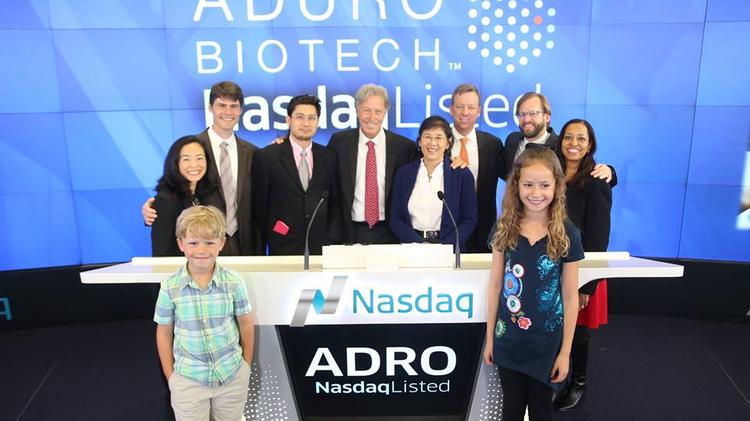
Aduro BioTech Inc (NASDAQ:ADRO) just reported the results of its phase 2 pancreatic cancer trial, and as things stand, is more than 25% down on its prerelease market capitalization, based on the trial missing its primary endpoint of efficacy. The trial was set up to investigate Aduro’s lead oncology candidate, CRS-207, in combination with a pancreatic cancer vaccine acquired by the company back in 2013, GVAX Pancreas. The company’s hypothesis was rooted in the improved efficacy of the latter when administered as a double therapy in conjunction with CRS-207, but as we will address shortly, the drug not only failed to improve upon GVAX’s efficacy data, but actually proved to detract from its therapeutic effect in this indication. With another phase II ongoing, comparing SOC to the combination of CRS-207 and GVAX, but this time also including Bristol-Myers Squibb’s (NYSE:BMY) Opdivo, markets are questioning whether the latest data is the death knell for Aduro’s oncology pipeline (at least, that is, the listeria derived portion of it) or whether the recent release is anomalous, and that an extended combination might yield improved results. In other words, is now a good time to get into Aduro for those who don’t currently hold the position, or conversely, is it a good time to get out for those who do? Let’s try and dissect the data in order to come up with an answer.
First, a quick look at CRS-207. It’s what’s called a LADD treatment. We won’t go into too much detail about its mechanism of action here, but from a high-level perspective, it’s a type of bacteria that has had a couple of genes removed from it. The genes relate to its bacterial virility, and their removal make it pretty much 100% safe for chronic or repeat administration in patinets with weakened immune systems (patients who have undergone radiation therapy, for example) – an issue that has bogged down a number of performance-enhancing cancer treatments in the past. Its actual MOA involves the releasing of certain material and antigens for absorption by dendritic cells. When the dendritic cells absorb this material, it stimulates a response that targets the cells in question. Pancreatic cancer is notoriously difficult to selectively target, and these types of therapies are billed as one of the most promising treatment methods going forward.
Unfortunately, however, it doesn’t seem to work. The data showed that patients taking CRS-207 plus GVAX had a median overall survival of 3.8 months. Patients treated with CRS-207 alone demonstrated MOS of 5.4 months. Standard chemotherapy patients, which served as a control on trial, demonstrated MOS of 4.6 months. So CRS-207 on its own beat out a combination with GVAX, suggesting that GVAX hindered CRS-207. The trial wasn’t set up to test this hypothesis, however, so we can’t really take this as fact. All we know is that the combination fell far short of standard SOC.
Referring back to our initial question, what does this tell us about the ongoing secondary phase 2 that involves Opdivo? Well, it kind of puts the whole situation in a precarious position. Even if the combination therapy shows a demonstrable improvement in MOS over SOC, or Opdivo as a single therapy administration, the data from this trial will cast doubt as to what caused the improvement. Further, and from a more fundamental perspective, that Aduro missed the mark so considerably in this instance will weigh heavy on sentiment going forward, even if the triple dose combination demonstrates a statistically significant improvement in efficacy.
Of course, it is not in our interests to persuade or dissuade any individual investor as to the virtue of holding or gaining an exposure to a particular stock. Having said this, it is well within our remit to comment on the risk profile of companies in this sector. As things stand, the condition of Aduro’s portfolio in the wake of the recent data seems to warrant the bearish sentiment that is currently weighing on its market capitalization. For an aggressive investor, the 25% decline might look like an opportunity to get in at a discount ahead of what would turn out to be a hail Mary on the triple combination results. Further, there’s plenty of potential upside available beyond that, especially when you look to the ongoing mesothelioma investigation. Near term, however, these data look to render Aduro off limits to the more risk averse investor – at least until we get any more information regarding the root of the MOS discrepancy.




